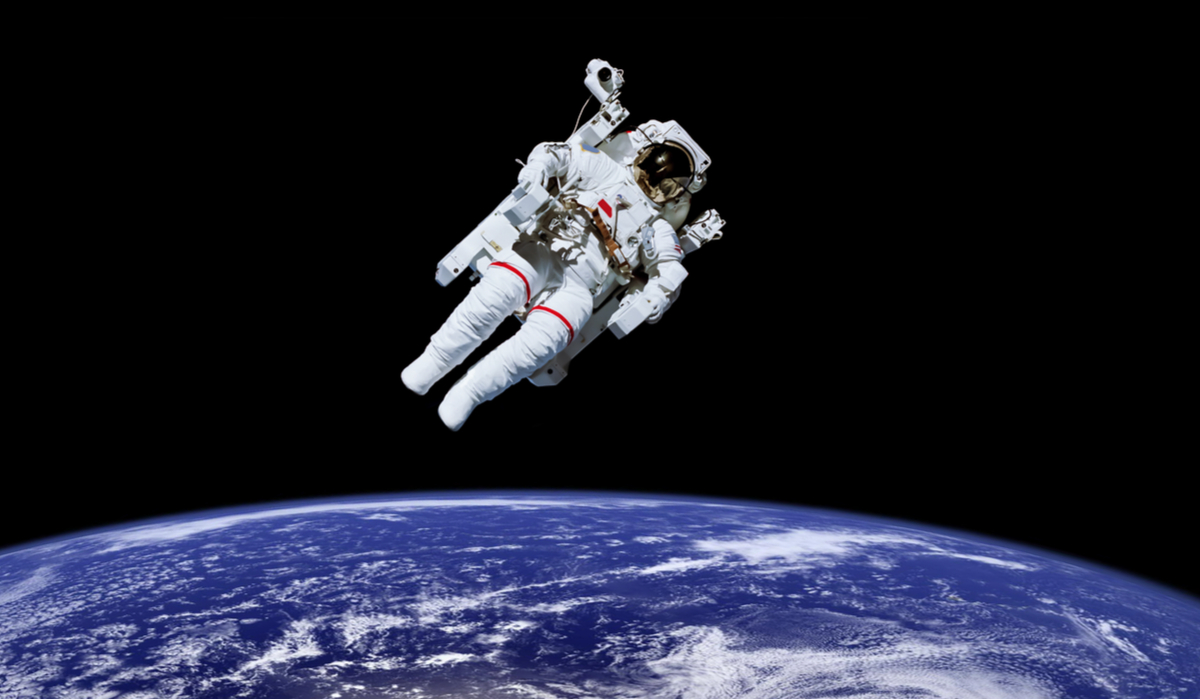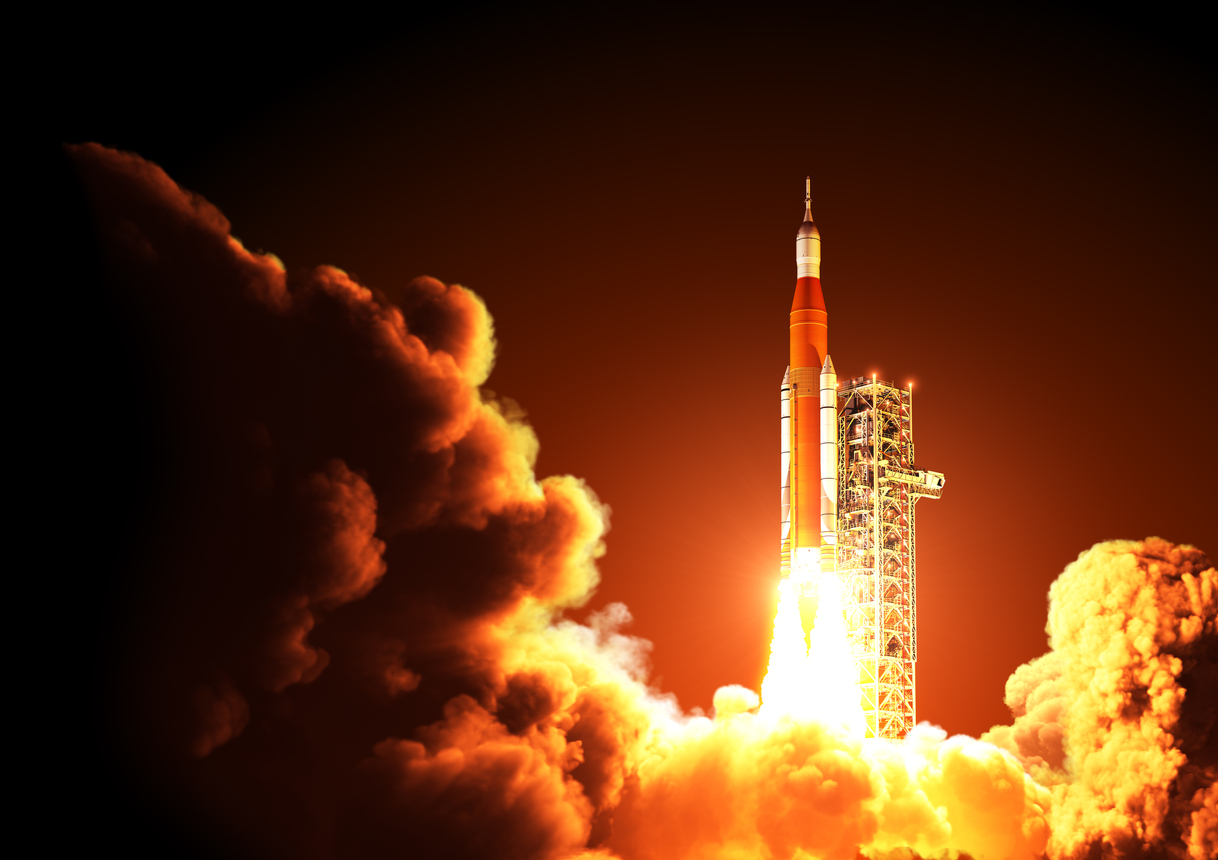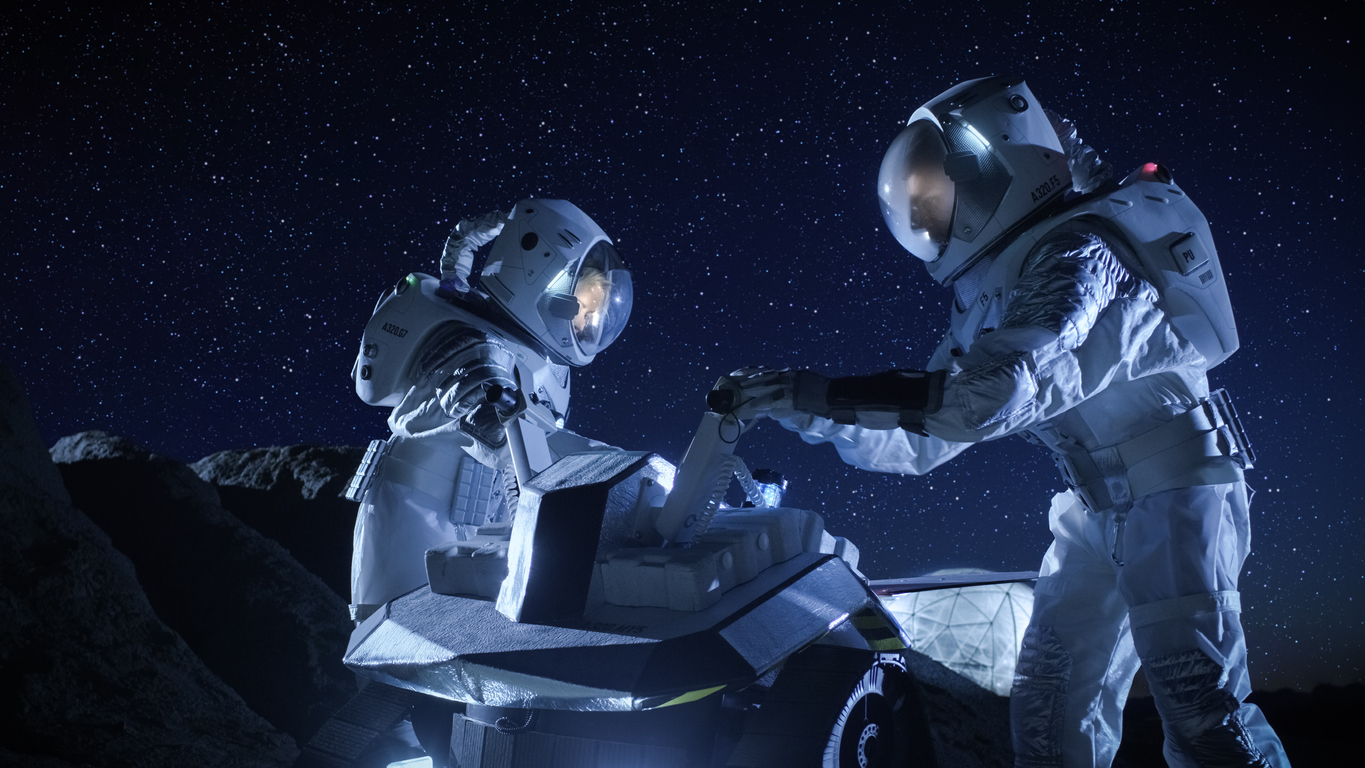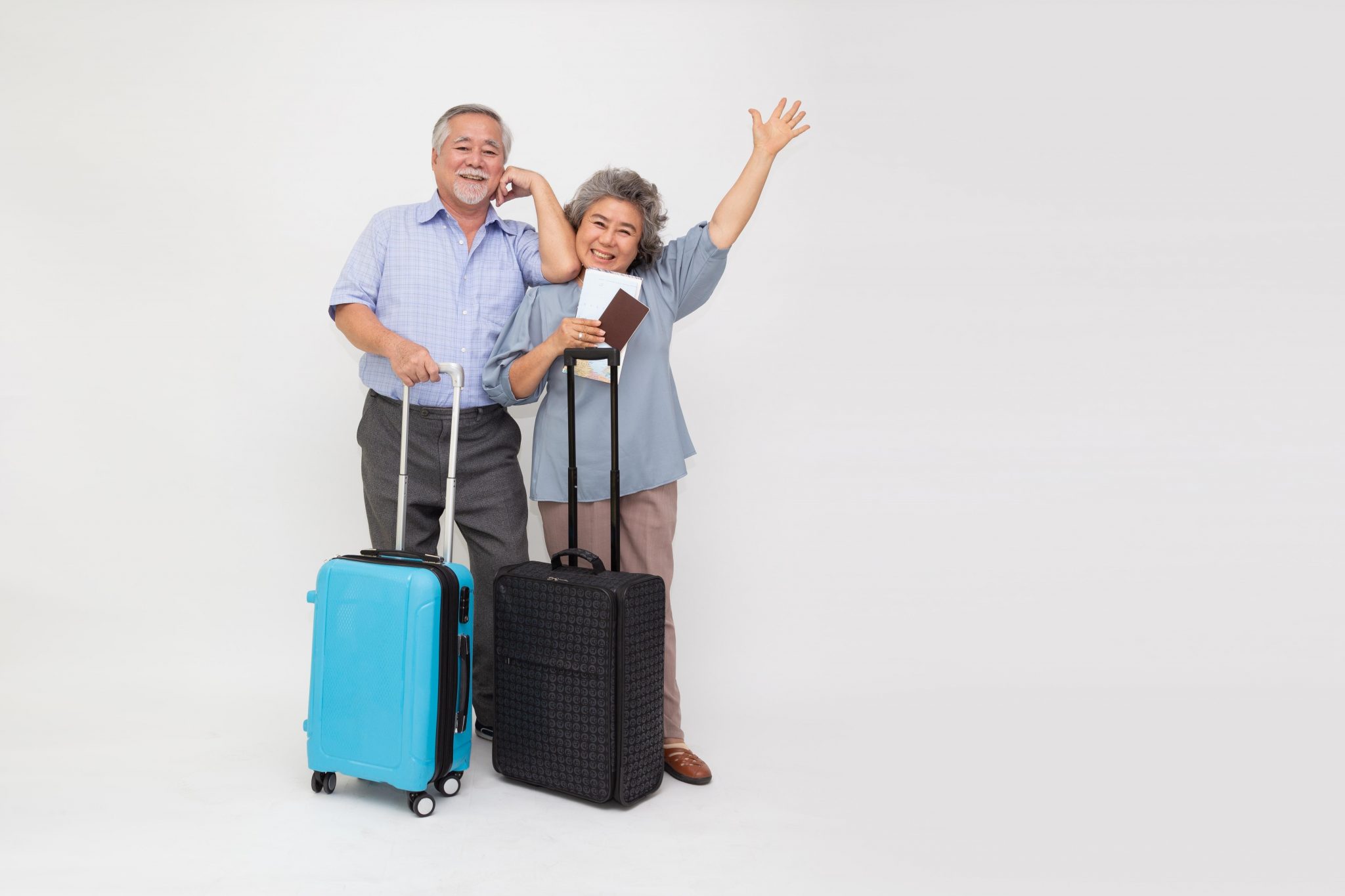Featured Faculty

Wan, Lisa Chun-ying
Associate Professor
Co-Director, Centre for Hospitality and Real Estate Research
Outstanding Fellow of the Faculty of Business Administration
More in Innovation & Technology ...
Space Tourism by 2024 a Growing Possibility in China
• 5 mins read
Developments this year have turbocharged the race to be the first to launch paying customers into space
By Prof. Lisa Wan, Associate Professor, School of Hotel and Tourism Management
By all indications, space will become affordable within the next 15 to 20 years. Many people alive today will have a real chance of travelling to space in their lifetimes – whether a sub-orbital flight to the edge of space or lifting off to the Moon, to Mars or somewhere in between.
Space tourism hit an important milestone this year when Virgin Galactic, Blue Origin and SpaceX all sent their first batch of tourists to space, marking the beginning of commercialised spaceflight and the dawn of space tourism. For now, space travel remains beyond most people’s price range. A 90-minute suborbital trip aboard the Virgin Galactic’s SpaceShipTwo costs US$450,000. Even then, the company already has a waiting list of over 600.
“China’s growing global competition in launching suborbital flights could boost innovation, bolster efficiencies and drive down costs further.”
Prof. Lisa Wan
But this fare is expected to drop by at least half in the next 10 to 15 years, just as airfares halved between 1978 and 2010 when air travel proliferated.
As space tourism expands and the costs continue to drop, the price of a space ticket could fall to as low as US$40,000 in the next decade, making this once-in-a-lifetime experience affordable to many more, not just the billionaires.
A Life Changing Experience
Space tourism may seem like a luxury, a futuristic concept, a non-essential experience; but the experiences of those who made the trip tells a more nuanced story. Besides enjoying the thrill of weightlessness and marvelling at the expansive vistas, every person who has gone to space has returned with a profound life-changing experience.
Dennis Tito, the first space tourist who went to space in 2001, called it “eight days of euphoria”. Richard Branson said, “Nothing can prepare you for the view of Earth from space. The whole thing was just magical.” And Hayley Arceneaux, a cancer survivor and the youngest space tourist to date, said: “Seeing the planet from that distance and the landmasses without borders filled me with a new perspective into how much we are all united as Earthlings.”

With demand expected to surge, one industry research projected that the space tourism market will balloon to US$2.547 billion by 2027, up from US$885.4 million in 2020, at a compounded annual growth rate of 16.3 per cent between 2021 to 2027. North America is the leading market for space tourism, with a market share of more than 40 per cent.
Asia-Pacific trails closely behind, with a market share of about 30 per cent. The Chinese space tourism industry is forecast to be worth US$401 million by 2027, making it the second largest in the world. More industry players are already making their moves. A luxury space hotel Voyager Station is scheduled to begin construction in 2026 and open for business in 2027. The hotel can accommodate up to 400 guests, who will reportedly pay US$5 million each for a three-and-a-half-day stay.
In October, Blue Origin announced plans to develop a commercial space station called “Orbital Reef” to offer a “mixed use business park” for research, industrial and commercial use.
China is Pushing Towards Space
In China, where space operations are largely government-run, a commercial spinoff from the Chinese Academy of Sciences (CAS), called CAS Space, is already developing rockets for commercial satellite launches. The company has also announced plans to take space tourists as early as 2024. This trip to the boundary between Earth’s atmosphere and space can take as many as seven passengers but will first require CAS Space carry out a full suborbital flight in 2023 and a demo flight in 2022.
Space travel could open up an industry of luxury experiences in Hong Kong, especially after Hong Kong-based Miramar Travel was appointed by Virgin Galactic as its exclusive accredited space agent in Hong Kong, Singapore, Malaysia, Thailand, Philippines, Indonesia and Taiwan, giving it a first-mover advantage.
Space tourism is also set to create new job opportunities. Beyond the core professions that include astronauts, rocket engineers, guides and travel agents, new roles like food engineers, architects, space lawyers and doctors may open up fresh career opportunities for Hong Kong youth. A growing government space programme armed with billions in funding and huge political will has seen China send probes to the dark side of the moon, a rover to Mars and more crew to man the Tiangong Space station, with potential spill-over effects to the private sector.

Highlighting the development of a commercial space industry as far back as 2011, the Chinese State Council pledged to “make the space industry an important part of the nation’s overall development strategy”.
The country’s commercial space industry has seen the growth of at least 160 companies with businesses in satellite development, rocket technology and telecommunications. This growing global competition in launching suborbital flights could boost innovation, bolster efficiencies and drive down costs further.
Greater Consumer Interest in Space Travel
These developments are moving in tandem with a growing consumer interest in space travel. A survey I carried out at The Chinese University of Hong Kong of 1,888 people in China and the US aged between 18 and 66, showed younger Chinese respondents, expressing a stronger interest in space tourism than their American counterparts. They reported a higher intention to try space travel and significantly more interest in space hotels.
They also seem prepared for the costs. Chinese respondents were willing to spend an average of US$1,606,310 for space travel, while American respondents were willing to spend an average of US$910,542.
Interestingly, Chinese respondents looked forward to daily activities like sleeping, eating, playing games, swimming and watching movies at the space hotel, while US respondents cited space sightseeing, floating in space and experiencing zero gravity, eating, sleeping and spacewalking as the top five activities they were excited about. Space explorations in the 20th century captivated the world and mesmerised mankind. Humans leaving Earth, taking steps on the Moon, gazing into the depths of the universe and achieving a plethora of related scientific breakthroughs, were pivotal moments in history.
More practically, space tourism can also open up more novel opportunities for China’s economy, with Hong Kong playing a major role as a space travel hub.
This article was first published in Channel NewsAsia’s website on 21 November 2021.







